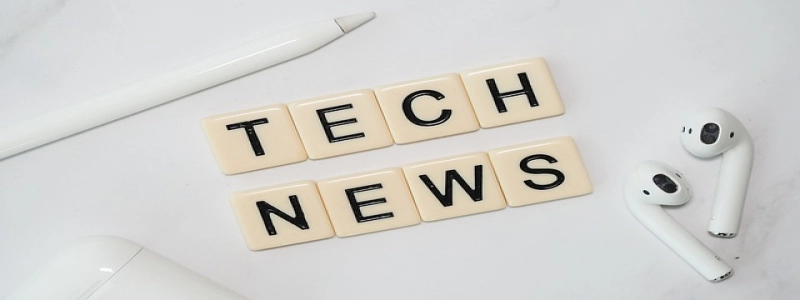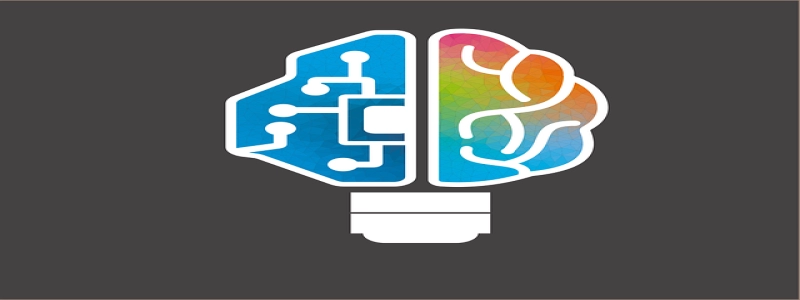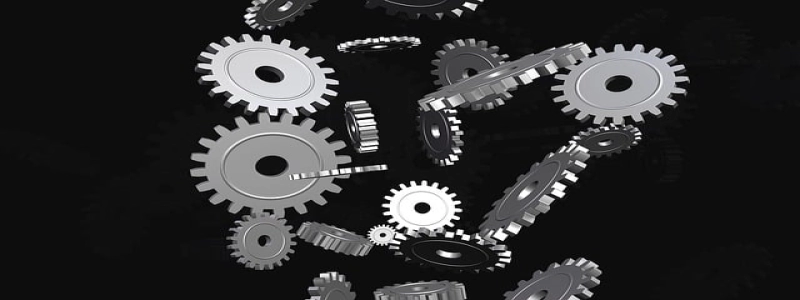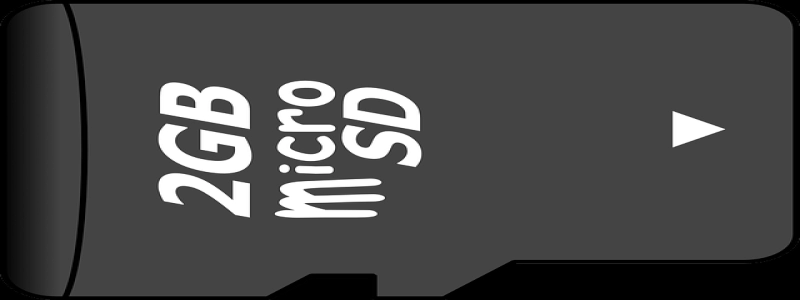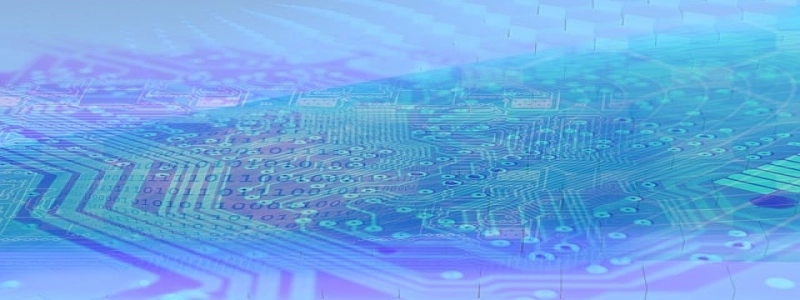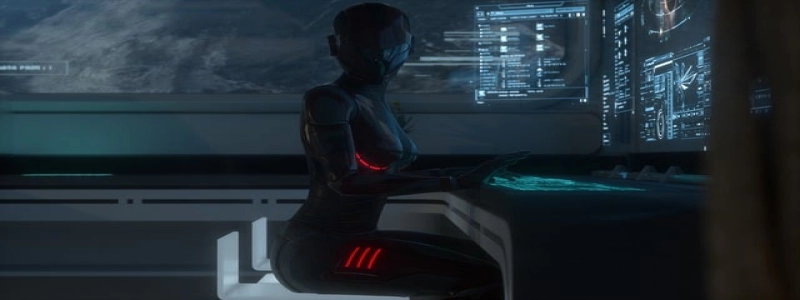DMX to Ethernet
1. Introduction
1.1 Overview of DMX
1.2 Advantages of Ethernet
2. DMX to Ethernet Conversion
2.1 Need for Conversion
2.2 How it Works
3. Benefits of DMX to Ethernet Conversion
3.1 Increased Flexibility
3.2 Remote Control and Monitoring
3.3 Scalability and Expandability
4. Applications of DMX to Ethernet Conversion
4.1 Stage Lighting Control
4.2 Architectural Lighting
4.3 Entertainment Industry
5. Considerations for DMX to Ethernet Conversion
5.1 Equipment Compatibility
5.2 Network Infrastructure
5.3 Data Transmission Speed and Reliability
6. Conclusion
1. Introduction
1.1 Overview of DMX: DMX stands for Digital Multiplex and is a communication protocol commonly used in the entertainment industry for controlling lighting fixtures. It allows for the control of multiple lights or devices through a single DMX controller.
1.2 Advantages of Ethernet: Ethernet is a widely used networking technology. It offers high-speed data transmission, reliability, and scalability. Ethernet is commonly used in various industries for connecting devices and transferring data over a network.
2. DMX to Ethernet Conversion
2.1 Need for Conversion: With the increasing use of Ethernet-based networks, there is a need to convert DMX signals to Ethernet for seamless integration with existing network infrastructure. This conversion allows for easier control and monitoring of DMX-enabled devices.
2.2 How it Works: DMX to Ethernet conversion involves the use of a DMX to Ethernet converter, which converts DMX signals into Ethernet packets. These packets can then be transmitted over an Ethernet network, allowing for control and communication between DMX devices and controllers.
3. Benefits of DMX to Ethernet Conversion
3.1 Increased Flexibility: DMX to Ethernet conversion offers increased flexibility in the installation and management of DMX-enabled devices. Ethernet-based networks provide the ability to connect devices over long distances without the limitations of traditional DMX cabling.
3.2 Remote Control and Monitoring: Ethernet networks allow for remote control and monitoring of DMX devices. This means that lighting fixtures or other DMX-enabled devices can be controlled and monitored from a central location, providing convenience and ease of use.
3.3 Scalability and Expandability: Ethernet networks are highly scalable and can support a large number of devices. DMX to Ethernet conversion enables the expansion of DMX networks by simply adding more devices to the network without the need for extensive rewiring.
4. Applications of DMX to Ethernet Conversion
4.1 Stage Lighting Control: DMX to Ethernet conversion is commonly used in the stage lighting industry. It allows for the seamless integration of lighting fixtures with existing Ethernet infrastructure and provides centralized control over multiple fixtures.
4.2 Architectural Lighting: DMX to Ethernet conversion is also used in architectural lighting applications. It enables the control of lighting fixtures in large buildings or outdoor spaces, providing enhanced flexibility and ease of management.
4.3 Entertainment Industry: DMX to Ethernet conversion is widely used in the entertainment industry for controlling various devices such as moving lights, LED panels, and special effects. It simplifies the setup and control of complex lighting systems used in concerts, theatrical productions, and other live events.
5. Considerations for DMX to Ethernet Conversion
5.1 Equipment Compatibility: It is important to ensure that the DMX devices being used are compatible with the DMX to Ethernet converter. Compatibility issues can arise if the devices and converter operate on different DMX standards.
5.2 Network Infrastructure: The existing Ethernet network infrastructure should be capable of handling the additional data traffic generated by DMX devices. Sufficient bandwidth and network switches may be required to support the increased data transmission.
5.3 Data Transmission Speed and Reliability: DMX to Ethernet conversion should maintain the required data transmission speed and reliability. Any delays or packet loss during conversion can affect the performance of DMX-controlled devices.
6. Conclusion
DMX to Ethernet conversion is a useful technology that allows for the integration of DMX-enabled devices into Ethernet-based networks. It offers increased flexibility, remote control, scalability, and expandability. This conversion is widely used in stage lighting, architectural lighting, and the entertainment industry. However, it is essential to consider compatibility, network infrastructure, and data transmission requirements when implementing DMX to Ethernet conversion.
